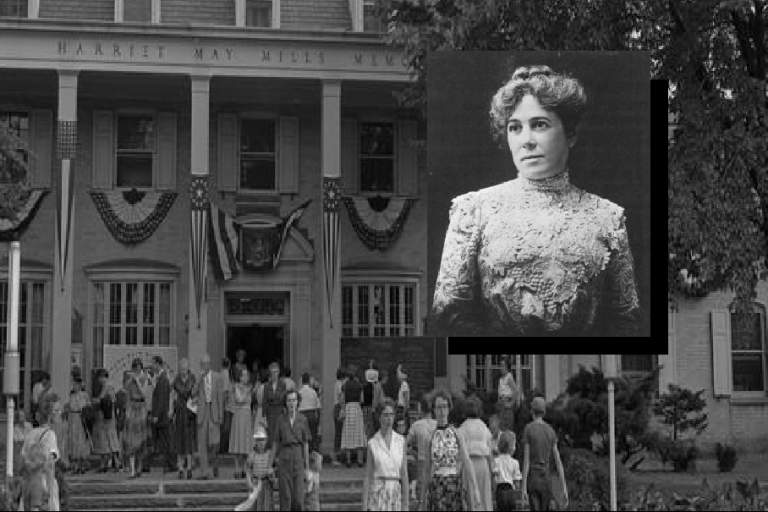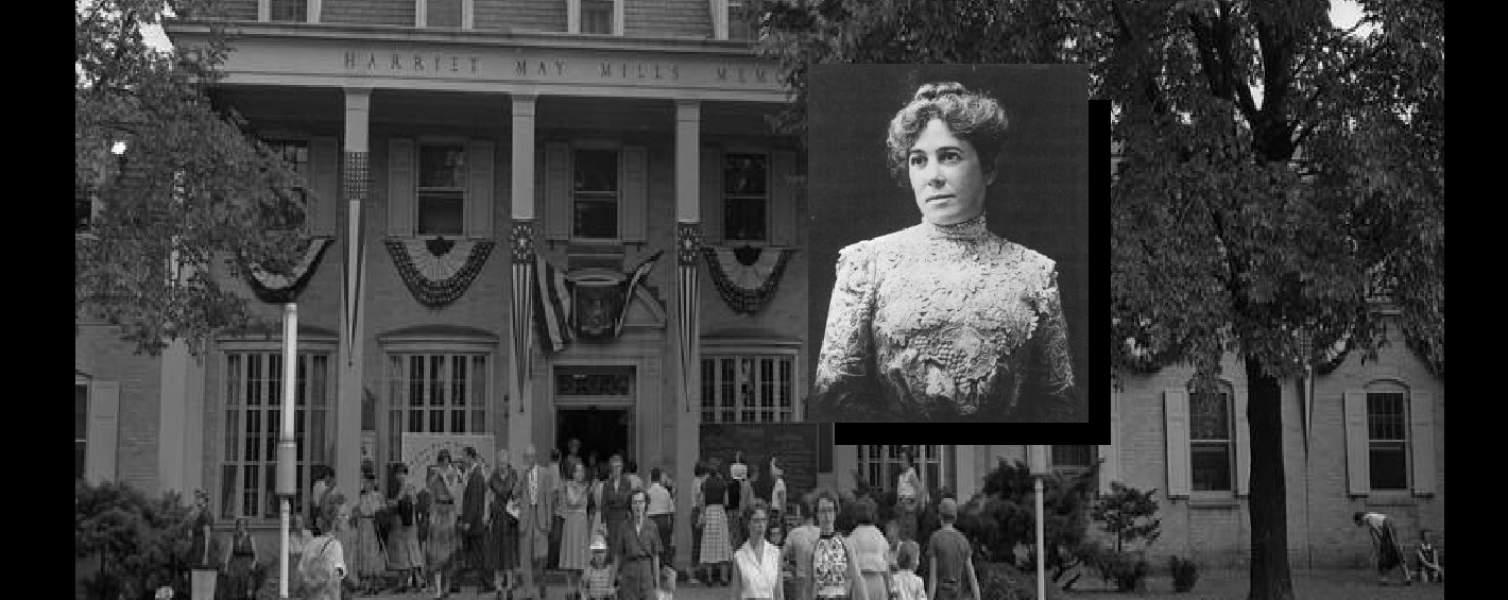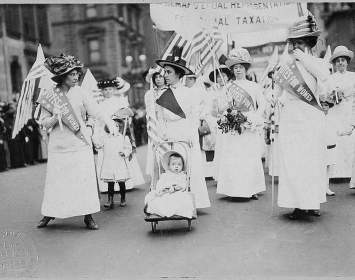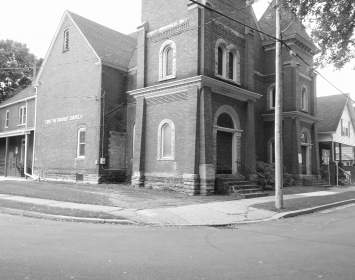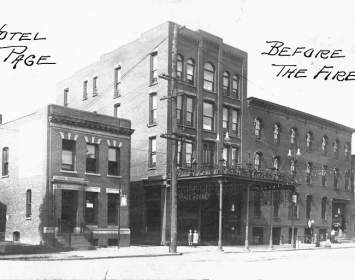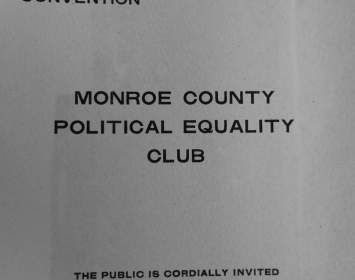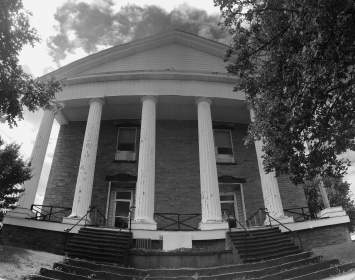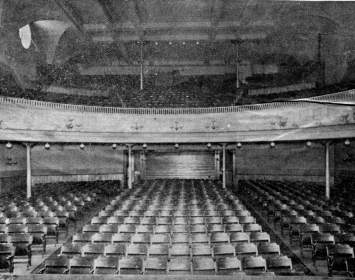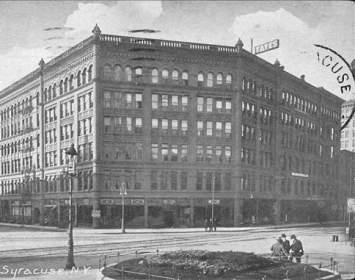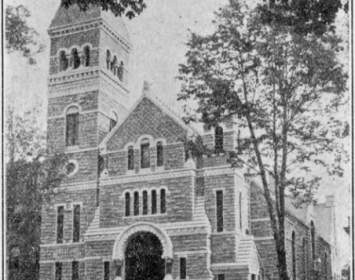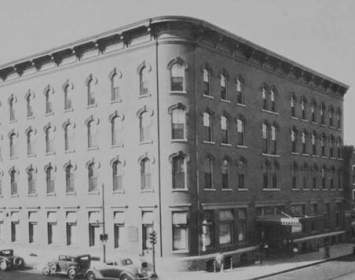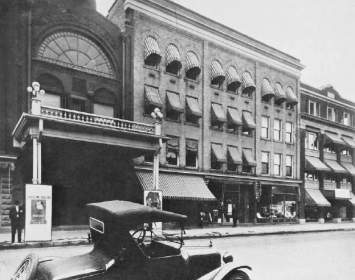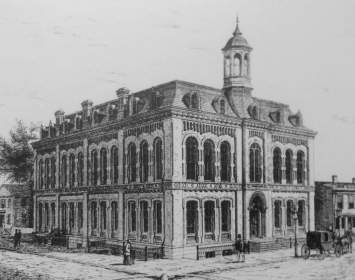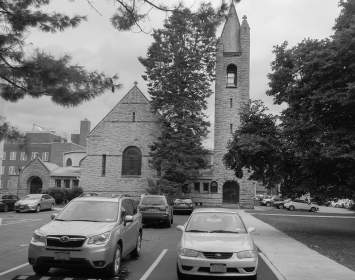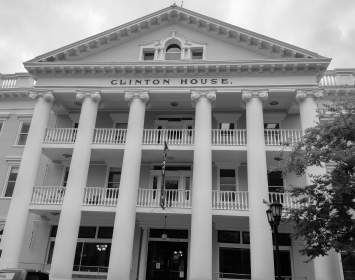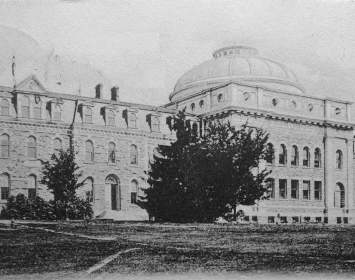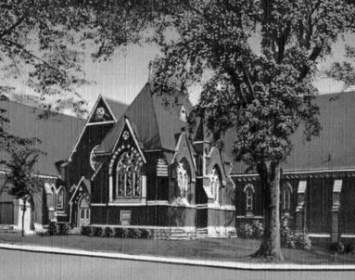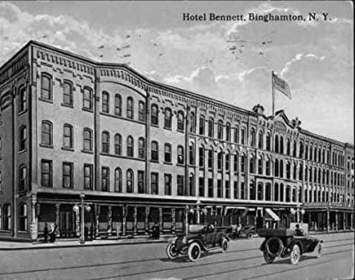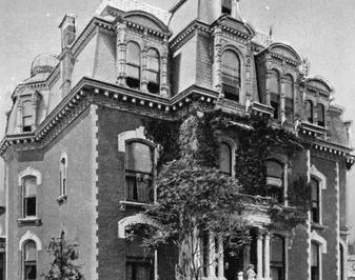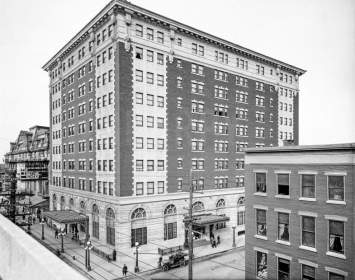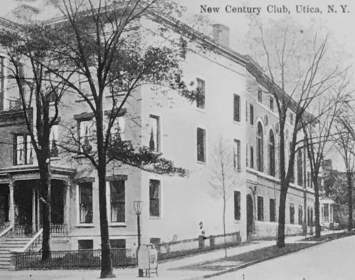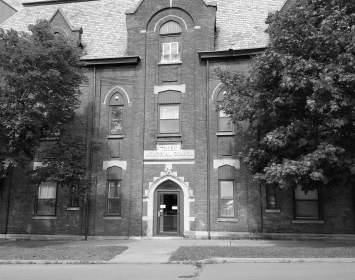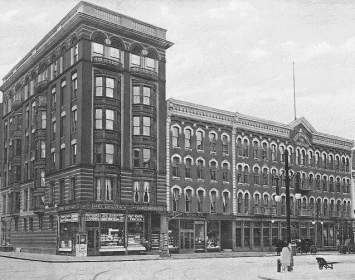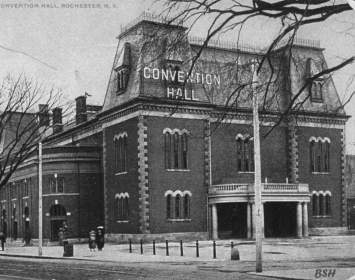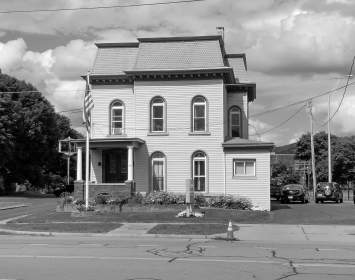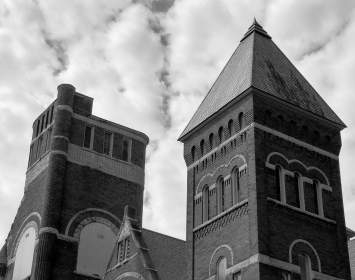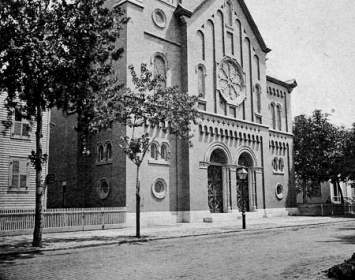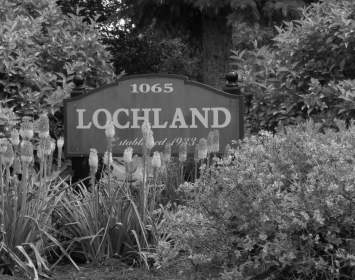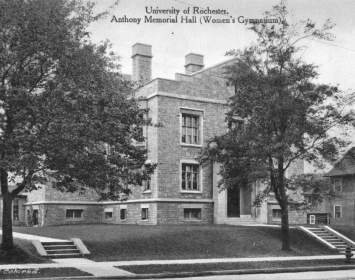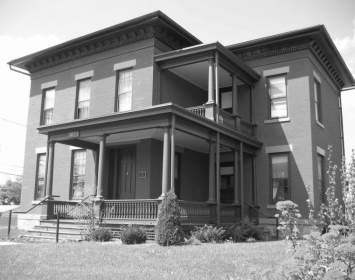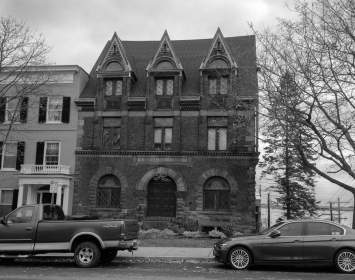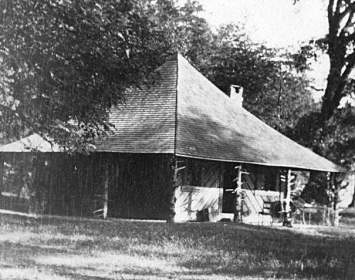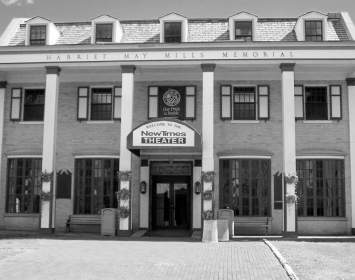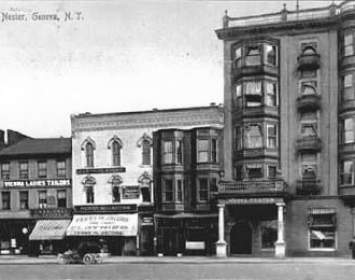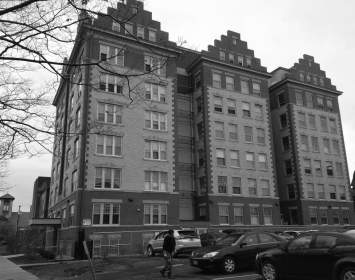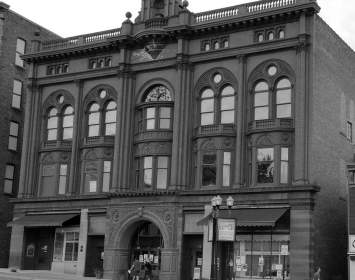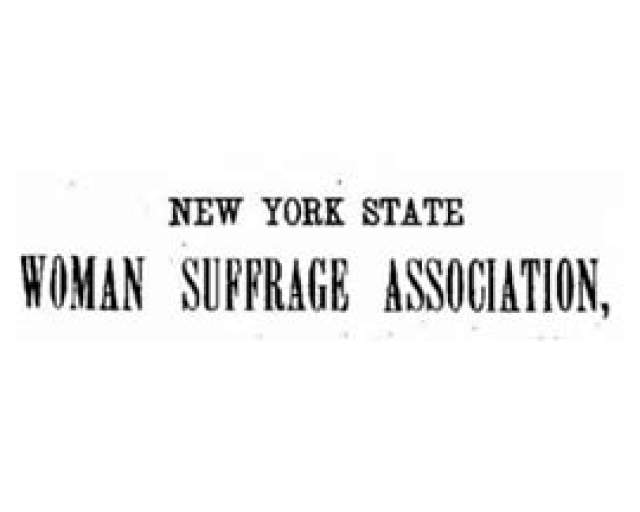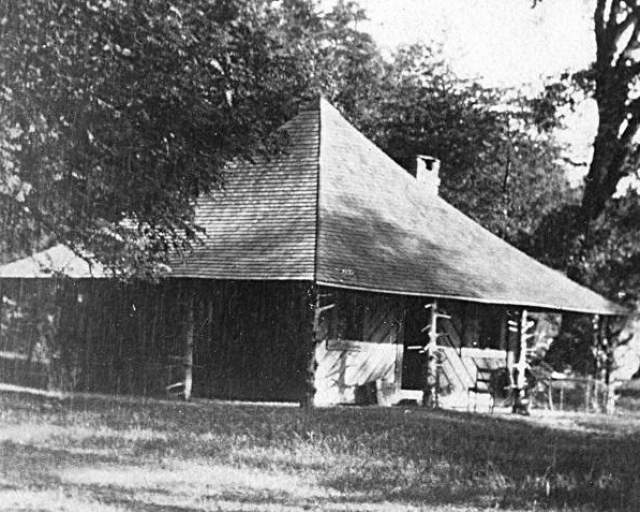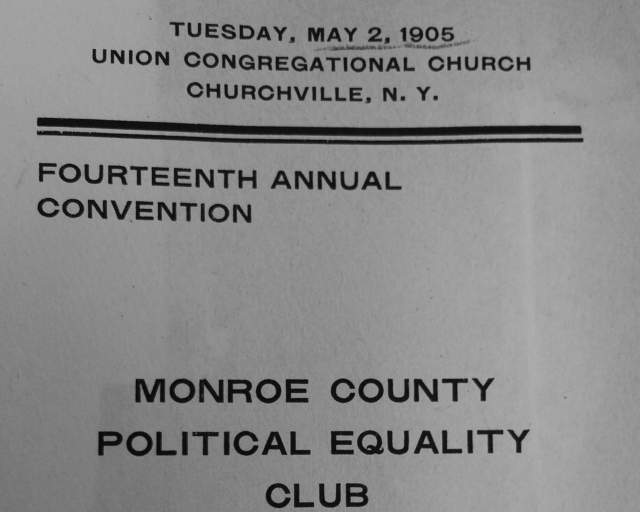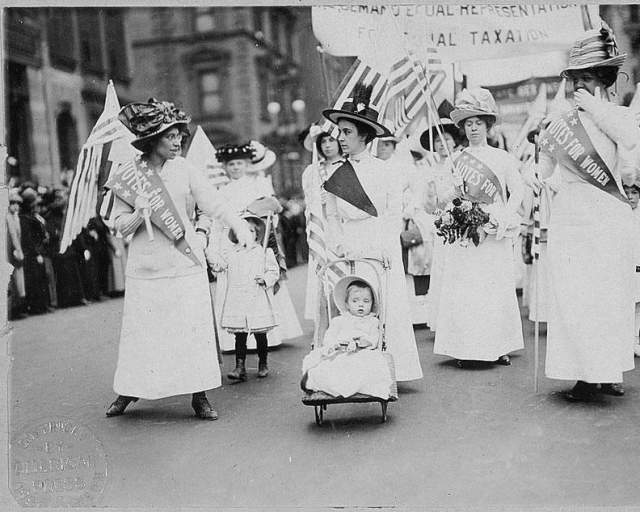
Harriet May Mills (1857–1935) worked toward the cause of woman suffrage, at first on a local level in the Syracuse area. (Nineteenth-century practice was to use the singular, woman or woman's, when referring to women as a class; later practice was to use the plural, women or women's.) Later she was socially and politically active all over the country.
She was the daughter of Syracuse abolitionist and freethinker C. D. B. Mills.
Harriet met Isabel Howland, niece of woman’s rights activist Emily Howland, while Harriet and Emily were undergraduates at Cornell University. The two became lovers and lifelong colleagues, working together prolifically in the cause of woman’s rights.
Harriet was teaching at a private academy near Boston when she first embraced the suffrage cause, after hearing Lucy Stone speak in 1886. She moved to New York City to work with the then-new National American Woman Suffrage Association (NAWSA). At some point she returned to her childhood home in Syracuse, where she organized the twenty-fourth annual convention of the New York State Woman Suffrage Association (NYSWSA) in 1892. statewide suffrage convention in 1892. In 1894 she was named recording secretary of NYSWSA. By then she was in demand as a lecturer and organizer. Other notable activists with whom she worked closely included Elizabeth Cady Stanton, Susan B. Anthony, Lucy Stone, and Carrie Chapman Catt. She was a life member of NYSWSA.
Harriet recruited Geneva-based suffrage activist Elizabeth Smith Miller to organize the twenty-ninth NYSWSA convention held in that city in 1897. Venues included the Smith Opera House, Collins Music Hall, and the Nester Hotel.
Harriet joined Miller and her daughter, Anne Fitzhugh Miller, to co-found the Geneva Political Equality Club in 1897 and in 1903, the Ontario County Political Equality Club. Political equality clubs were then a favored vehicle for organizing suffrage work at the local and regional level. (By 1907 the Geneva club would be the largest such organization in New York State.)
Harriet represented the suffrage cause twice at the New York State Fair in Syracuse. She distributed suffrage literature and promotional material in the Fair's main exhibition hall in 1900 and spoke in the main auditorium on September 19, 1903. (That date was known as Suffrage Day, because New Zealand was the first nation to allow voting by women on September 19, 1893.)
In 1901 Harriet's home became the state headquarters for the New York Political Equality League. Soon afterward, the Mills residence also became the headquarters of NYSWSA. In 1910, Harriet was elected president of NYSWSA. She edited its periodical, the New York Suffrage Newsletter, from 1899 to 1913. In 1914, she organized and chaired a three-day regional suffrage conference in Syracuse, held at the Syracuse YWCA and the Ka-Na-Te-Na Club, a then-prominent local women’s organization. In 1919, she founded the Onondaga County Women’s Democratic Club, the first such organization in the state. In 1920, she campaigned for election as Attorney General of the State of New York, becoming the first female to seek major state-wide office as a candidate of a major political party.
When the Dresden, New York birthplace of agnostic orator Robert Green Ingersoll was restored for the first time, in 1921, Harriet was one of many prominent local people who served on an organizing committee whose members included Thomas Edison and poet Edgar Lee Masters.
She befriended Eleanor and Franklin Delano Roosevelt, campaigning for FDR when he ran for Governor of New York. In 1933, aged seventy-five, she was a member of the Electoral College that elected FDR president; she attended his inauguration as an honored guest.
In 1934, the Harriet May Mills Women’s Building was dedicated on the grounds of the New York State Fair in Syracuse.
Harriet May Mills died about one year later, on May 16, 1935.
The Mills Building still stands; now called the Harriet May Mills Art and Home Center, it hosts exhibits on popular and fine arts, photography, and the culinary arts during each run of the Fair and is rented for varied purposes during the rest of the year.
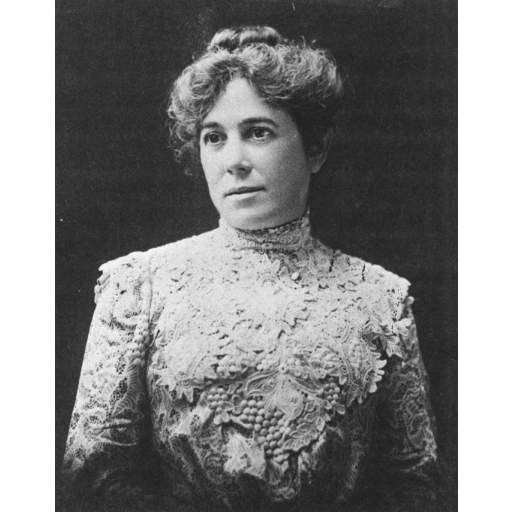
Harriet May Mills
Harriet May Mills.
Associated Causes
Associated Sites
Associated Historical Events
Twenty-Fourth NY State Suffrage Convention
November 14 –16, 1892
Twenty-Sixth NY State Suffrage Convention
November 12–16, 1894
Twenty-Eighth NY State Suffrage Convention
November 17–19, 1896
Twenty-Ninth NY State Suffrage Convention
November 3–6, 1897
Thirty-Third NY State Suffrage Convention
October 29–November 1, 1901
Thirty-Fifth NY State Suffrage Convention
October 20–23, 1903
Thirty-Seventh NY State Suffrage Convention
October 24–27, 1905
Thirty-Eighth NY State Suffrage Convention
October 16–19, 1906
Thirty-Ninth NY State Suffrage Convention
October 15–18, 1907
Forty-Third NY State Suffrage Convention
October 31–November 3, 1911
Forty-Fourth NY State Suffrage Convention
October 15–18, 1912
Forty-Fifth NY State Suffrage Convention
October 14–17, 1913
Forty-Sixth NY State Suffrage Convention
October 12–16, 1914
